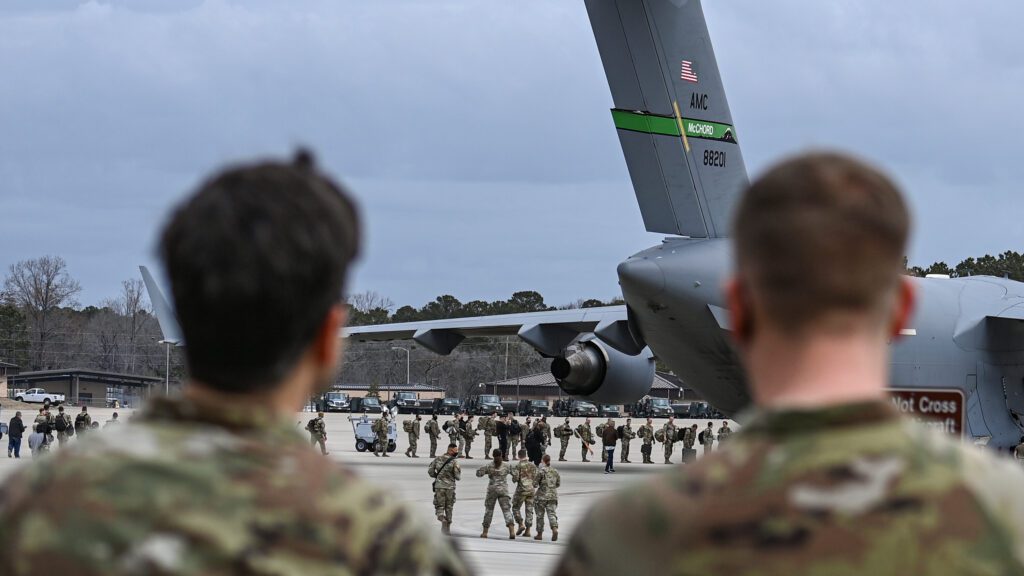The content introduces the topic of defense policy in the age of cyber warfare. It explains how the digitization and interconnectedness of societies have created new avenues for warfare, where attacks can be carried out without deploying soldiers or firing shots. The content discusses the challenges faced by defense policy makers in this emerging threat landscape, including attribution difficulties, lack of international norms, rapid technology advancement, and balancing security with privacy concerns. It also highlights strategies such as strengthening cyber capabilities, international cooperation, public-private partnerships, and investing in education and training. The conclusion emphasizes the need for a multi-faceted approach to overcome challenges and prepare for sophisticated cyber attacks.
Defense Policy in the Age of Cyber Warfare: Challenges and Strategies
Introduction
The increasing digitization and interconnectedness of our societies have opened up new avenues for warfare. In the age of cyber warfare, state and non-state actors can wreak havoc without deploying a single soldier or firing a single shot. As a result, defense policies around the world have had to adapt to this emerging threat landscape, facing numerous challenges in the process. In this article, we will delve into the challenges and strategies encountered by defense policy makers in the age of cyber warfare.
Understanding Cyber Warfare
Cyber warfare involves the use of digital attacks to disrupt, damage, or infiltrate computer systems and networks. These attacks can target critical infrastructure, such as power grids, transportation systems, or military networks, with potentially devastating consequences. The anonymity and scalability of cyber attacks make it an attractive option for both state-sponsored and non-state actors looking to advance their strategic objectives.
Challenges in Defense Policy
1. Attribution
One of the biggest challenges in the realm of cyber warfare is attributing attacks to their source. Unlike traditional warfare, it is difficult to definitively identify the origin of a cyber attack as attackers can easily disguise their location and identity. This challenge creates a dilemma for defense policy makers who need to formulate effective responses without concrete evidence of the attacker’s identity.
2. Lack of International Norms
Unlike traditional warfare, where international laws and conventions provide a framework for conflict resolution, cyber warfare lacks a comprehensive set of international norms. The absence of established rules in cyberspace means that defense policy makers must navigate an uncertain landscape, constantly adapting their strategies to rapidly evolving circumstances.
3. Rapid Technology Advancement
The rapid advancement of technology presents another hurdle for defense policy makers. As cyber attackers develop increasingly sophisticated tools and techniques, defenses must keep pace to counter these threats effectively. This requires significant investments in research and development, as well as collaboration between governments, academia, and the private sector.
4. Balancing Security and Privacy
In the age of cyber warfare, defense policy makers face the challenge of striking the right balance between ensuring national security and protecting individual privacy. Increased surveillance and monitoring may enhance security measures, but they also encroach upon civil liberties. Finding the right policy mix requires careful consideration of the potential trade-offs between security and privacy.
Strategies in Defense Policy
1. Strengthening Cyber Capabilities
One of the primary strategies in defense policy is investing in cyber capabilities. This involves enhancing offensive capabilities to deter potential attackers and developing robust defensive measures to protect critical infrastructure. By building strong cyber defense capabilities, nations can better resist and mitigate the impact of cyber attacks.
2. International Cooperation
Given the transnational nature of cyber warfare, defense policy must emphasize international cooperation. This includes information sharing, joint exercises, and bilateral or multilateral agreements to establish norms and common practices. Working together facilitates a unified response to cyber threats and fosters trust between nations.
3. Public-Private Partnerships
Cybersecurity is not solely the responsibility of governments. Public-private partnerships are vital in strengthening defense policy. Collaboration with private sector organizations, such as technology companies and critical infrastructure providers, can enhance threat intelligence, promote information sharing, and support the development of secure systems.
4. Investing in Education and Training
An essential aspect of defense policy in the age of cyber warfare is investing in education and training programs. By cultivating a skilled workforce in cyber defense and promoting cybersecurity awareness among citizens, governments can build a resilient society capable of responding to emerging threats.
Conclusion
Defense policy in the age of cyber warfare faces numerous challenges due to the unique nature of this evolving threat landscape. Overcoming these challenges requires a multi-faceted approach that combines technological advancement, international collaboration, public-private partnerships, and a focus on education and training. By adopting these strategies, defense policymakers can strengthen their resilience and prepare for the increasing sophistication of cyber attacks.
